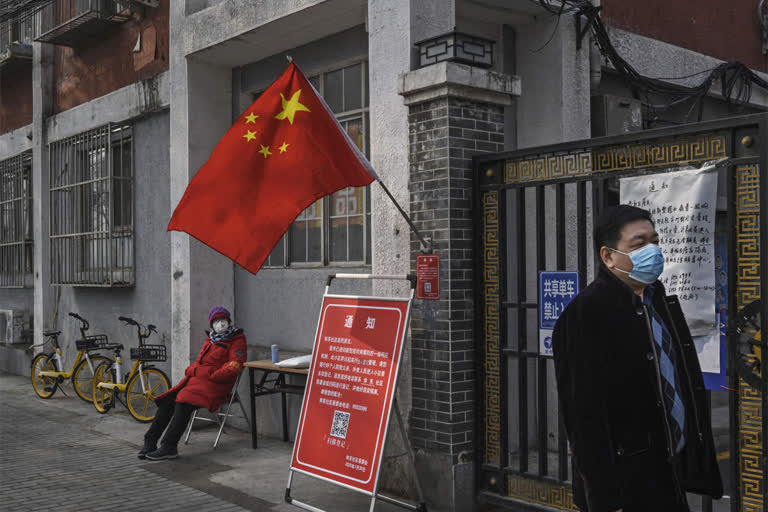Hyderabad: China has been facing flak from the rest of the world for being the epicentre of the COVID-19 pandemic that brought the global economy to a standstill. Different parts of the world are under different phase of the spread of this infection.
While the worst is over for some countries, it is in waiting for others. India too is braced towards a phased opening up of the lockdown, by dividing the nation into zones based on the intensity of the spread of infections.
There would be definitely a light at the end of the tunnel and we will be coming out of this pandemic. At that point, what is important is how fast we would put the strings together and how quickly we could get the economy recovered. In this context China offers some important lessons that are worth considering.
Reviving the Industrial Production:
China was the first country to get affected by COVID-19 and it is also the first one to bring it under control with ruthless lockdown measures.
By mid-February 2020, infections number came under control and on March 10, Chinese President Xi Jinping took a victory lap by visiting the epicentre of Wuhan, capital of Hubei Province. By March 19, 2020 the number of new domestically driven came down to zero in the country.
In their efforts to revive the economy, China did not choose the path of the West, who went for huge economic stimulus packages. In fact they have taken small steps and relied on structural policies.
Chinese government ensured there is availability of funds with the local governments and the banks, through which the money is pumped into the economy.
In fact China started putting in efforts to revive the production, as early as February 2020, and started to resume the supply chains that were affected due to COVID-19.
Resuming the production was their top priority and as a part of the measures to restart the economy, policies have been designed to particularly expand the cheap loans for small businesses.
Read more:Staring at a pink slip? A few ways to tide over
Unsecured loans upto 5 million Yuan are offered to businesses, based on profits. Corporate taxes have been reduced and at times there was Government Intervention in the companies to stabilize employment prospects.
In addition to this, China authorized the local governments to issue trillions of Yuan worth of special-purpose bonds to promote infrastructure development. Moreover the rentals for all businesses have been reduced by 30 percent for three months.
The Chinese Government also announced targeted subsidies to manufacturing sector, particularly to their domestic car industry, besides keeping pace with their policies related to industry and environmental protection.
Subsidies and purchase tax exemptions for new energy vehicles like electric and hybrid cars have been provided and new subsidies are proposed to encourage the replacement of heavily polluting diesel trucks.
In addition to this, the value added tax to be paid by the car dealers must have been reduced. Li Keqiang, regarded as China's second leader after, President Xi Jinping, announced during the latest National People's Congress that the value-added tax (VAT) for transportation and construction sectors will be sliced from 10% to 9%, and VAT for manufacturers will fall from 16% to 13%.
Boosting Consumption:
On the other hand boosting consumption and job creation was another challenge and the local governments were roped in to do it.
For instance, many provinces in China distributed vouchers to the citizens, to boost spending.
The central government had doubled the temporary monthly allowance for low-income families for the March-June period in order to counter price increases caused by the crisis.
The Government also announced that it would place people affected by the outbreak into relief programmes and they are also considering the possibility to hike the unemployment benefits as a response to an expected rise in joblessness in China.
In addition to this, the National Development and Reform Commission had also reduced import tariffs on consumer goods in order to encourage consumption.
As a result of all these confidence building measures, China could not only kick start its journey towards recovery and could avoid a major stock market crash.
It is a fact that the Chinese economy is at its lowest since the death of Mao. But the efforts they are putting could probably make them one of the first countries that bounced back to normal from the deepest of the economic slowdown, while the rest of the world would be limping back to normal. Lessons from China are worth considering, particularly for a country like India, which shares many similarities with the Dragon.
(Article by Dr Mahendra Babu Kuruva. He is an Assistant Professor in the Department of Business Management, H.N.B.Garhwal Central University, Srinagar Garhwal, Uttarakhand. Views expressed above are personal.)



